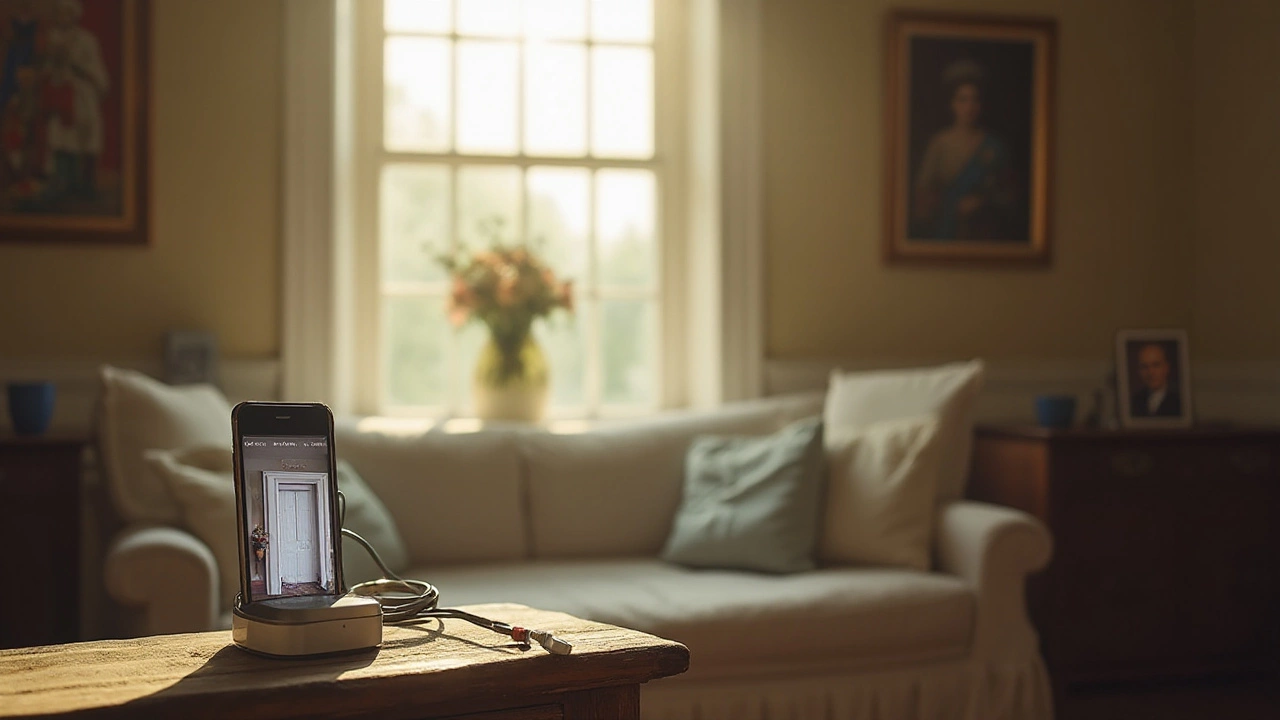Ever wonder how you can watch over your home without feeling glued to a screen all day? Home monitoring lets you check doors, windows, and rooms from anywhere—your phone, tablet, or even a smart speaker. The best part? You don’t need a tech degree to set it up.
Most people start with a security camera, but there are many other pieces that click together. Think about motion sensors for doors, a loud alarm that scares intruders, and a service that alerts you when something’s off. When these parts talk to each other, you get a system that works even if the power goes out or the internet drops.
First off, a monitoring setup gives you peace of mind. When you’re at work or on holiday, you can open an app and see exactly what’s happening. That quick glance can stop a break‑in before it gets serious. Second, many insurance companies lower premiums for homes with active monitoring because the risk of loss drops.
Another big reason is deterrence. A visible camera or a flashing light tells potential thieves that the house is watched. Even a simple doorbell camera can make a criminal think twice. And if you’re a pet owner, a motion sensor can let you know when your cat has knocked over a vase—no surprise clean‑up later.
Start with a wireless security camera that works on Wi‑Fi. Look for models with night vision so you still get clear footage after dark. Our post on "Best Night Vision Devices for Security and Surveillance in 2025" breaks down the top picks.
Next, link the camera to your phone. The guide "How to View Your Security Cameras on Your Phone" walks you through the steps, from downloading the app to adjusting notification settings. Once connected, you can watch live feeds, get motion alerts, and even talk back through the speaker.
If you worry about power cuts, add a backup battery or a small UPS. The article "Do CCTV Cameras Work During Power Outages?" explains why a backup keeps recording when the lights go out.
Don’t forget the doorbell camera. A video doorbell lets you see who’s at the front door and talk to them without opening the gate. Our "Best Doorbell Security Systems in 2025" guide compares wired and wireless options so you can choose what fits your home.
For a complete system, add motion sensors on main entry points. When a sensor trips, it can trigger the alarm and send you a push notification. If you have a pet, check out the "Will SimpliSafe Sensors Detect My Cat?" guide to avoid false alarms.
Finally, think about where you place each device. Avoid pointing cameras directly at bright windows to prevent glare, and keep them at a height that captures faces but stays out of reach. The "Security Camera Placement: Where NOT to Install" article gives you the legal and privacy dos and don’ts.
Once everything is set, spend a few minutes each week reviewing footage and testing alerts. Small tweaks—like adjusting motion sensitivity or adding an extra light—can dramatically improve reliability.
Home monitoring isn’t a one‑size‑fits‑all project. Start simple, add pieces as you go, and you’ll end up with a system that fits your lifestyle and budget. With the right tools, you’ll know what’s happening at home, whether you’re on the couch or on a beach halfway around the world.

Wondering if someone else can monitor your ADT security system? This article breaks down whether other people—like family, friends, or a third-party company—can keep tabs on your setup. You'll learn about ADT's policies, technical limitations, and what to watch out for. Real-life tips on sharing access and keeping your home safe are covered. Common myths and smart solutions are explained in clear, practical language.

Wondering how much ADT charges every month for home security? This article breaks down real prices, hidden fees, and what you get for your money. Get tips on saving cash, understanding contracts, and comparing ADT with other options. You'll also see how extras like cameras and smart features affect your bill. Make sure you know what to expect before you sign up.

With the rise of smart home technology, the demand for reliable home monitoring systems is continuously growing. Understanding the costs associated with these systems can help homeowners make informed decisions that suit their security needs and budget. This article delves into various factors affecting the pricing of home monitoring systems, including equipment, installation, and subscription fees. Additionally, readers will discover cost-effective strategies to enhance home security without breaking the bank. By exploring these insights, homeowners can find a balance between advanced technology and practicality.

Discover how you can repurpose your old smartphone into a reliable security camera with the help of specialized apps. Learn about the benefits and limitations of using smartphones for home surveillance, as well as tips for optimal setup. This guide walks you through choosing the right app and maximizing the effectiveness of this cost-saving security solution.